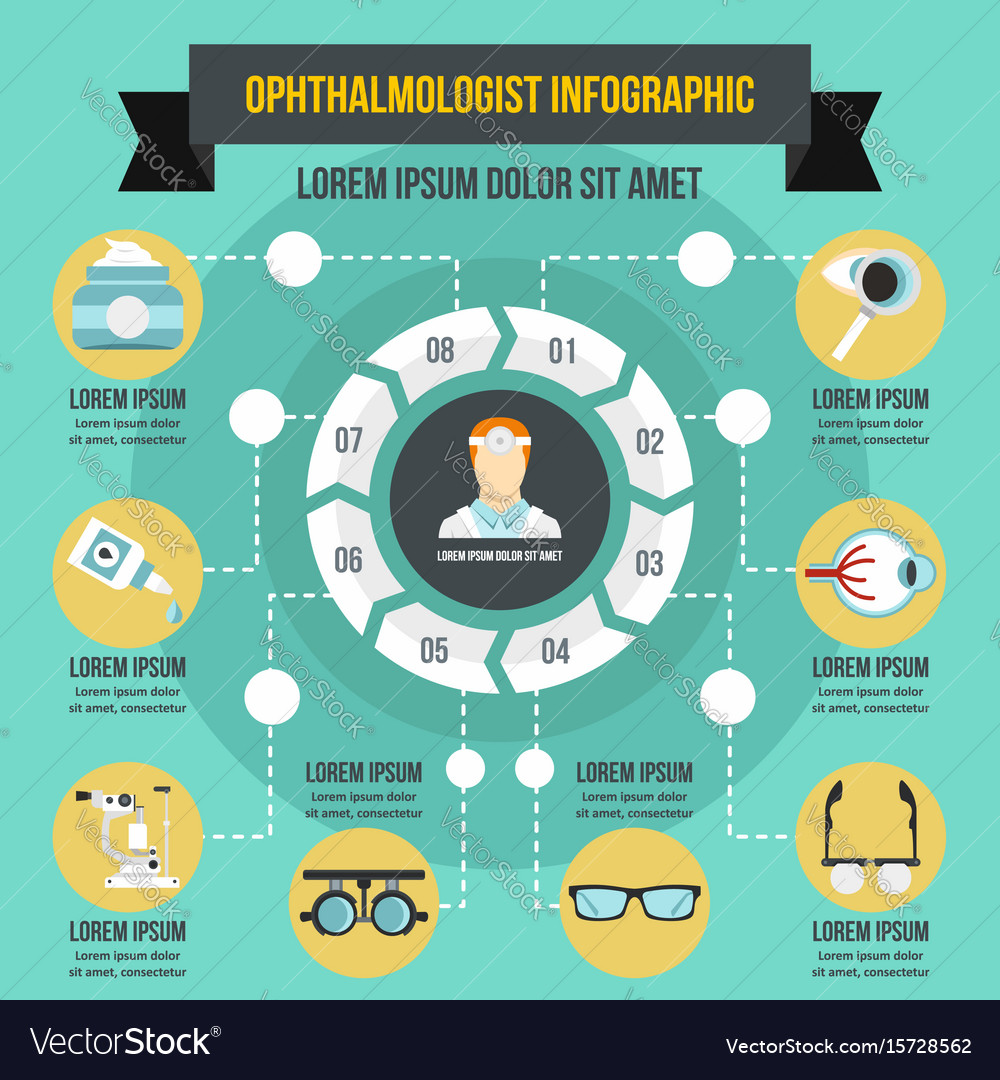Reviewing The Perks And Drawbacks Of Conventional Cataract Surgical Procedure Versus Advanced Laser-Based Techniques

Authored By-Skinner Breen
When considering the selection between standard cataract surgery and laser-assisted techniques, you might find yourself weighing the advantages and drawbacks each approach provides. The choice exceeds the surface area level of cost and precision, delving into the realm of lasting outcomes and individual fulfillment. As you navigate with the complexities of these 2 strategies, it ends up being imperative to recognize the nuanced information that can dramatically impact your visual clearness and overall experience. Stay tuned to reveal the crucial factors that will certainly lead your decision-making procedure in this essential facet of eye care.
Typical Cataract Surgery Advantages And Disadvantages
When thinking about traditional cataract surgical procedure, you might find that it's a well-established and widely-used method. In this procedure, a specialist makes a small laceration in the eye and makes use of ultrasound to separate the cloudy lens before removing it. When the cataract is removed, an artificial lens is inserted to bring back clear vision.
One of the major benefits of standard cataract surgery is its record of success. Many clients have actually had their vision significantly enhanced with this procedure. In addition, standard surgery is frequently covered by insurance policy, making it a more available choice for lots of people.
However, there are some disadvantages to standard cataract surgical procedure also. Healing time can be longer compared to newer techniques, and there's a slightly greater danger of issues such as infection or swelling. Some clients may also experience astigmatism or call for reading glasses post-surgery.
Laser-Assisted Techniques Advantages And Disadvantages
Discovering laser-assisted techniques for cataract surgery unveils a contemporary technique that utilizes laser technology to execute vital action in the procedure. Among the key advantages of laser-assisted cataract surgical procedure is its accuracy. https://www.nbcnews.com/health/health-news/new-eye-surgery-holds-promise-correcting-nearsightedness-n766836 allows for very precise cuts, which can result in far better aesthetic results. Furthermore, the use of lasers can decrease the amount of ultrasound power required throughout the surgical treatment, possibly reducing the threat of problems such as corneal damages.
On the drawback, laser-assisted strategies can be more expensive compared to traditional techniques. This expense mightn't be covered by insurance policy, making it much less accessible to some individuals.
One more consideration is that not all cataract cosmetic surgeons are learnt laser modern technology, which can restrict your choices for choosing a doctor.
Finally, while the laser can automate certain aspects of the treatment, the surgical procedure still needs a competent doctor to ensure successful outcomes.
Relative Evaluation of Both Methods
For a detailed understanding of cataract surgical procedure strategies, it's essential to carry out a comparative evaluation of both conventional and laser-assisted methods.
Typical cataract surgical treatment includes hands-on lacerations and the use of portable devices to separate and get rid of the gloomy lens.
On the other hand, laser-assisted cataract surgical procedure makes use of advanced modern technology to create exact lacerations and separate the cataract with laser energy prior to removing it.
In regards to accuracy, laser-assisted methods offer a greater degree of precision contrasted to traditional approaches. Using lasers allows for customization of the procedure based on each individual's eye makeup, potentially bring about far better visual end results.
Nonetheless, laser-assisted cataract surgical treatment often tends to be much more pricey than standard surgical treatment, which may limit ease of access for some individuals.
While both techniques are effective in recovering vision damaged by cataracts, the selection between standard and laser-assisted methods frequently relies on variables such as price, accuracy, and individual client needs.
Consulting with your ophthalmologist can assist identify one of the most ideal approach for your cataract surgical treatment.
Final thought
To conclude, when deciding between conventional cataract surgery and laser-assisted methods, consider factors like cost, accuracy, and specific demands. Conventional surgical procedure provides a proven record and insurance coverage but might feature longer recovery times. Laser-assisted methods give higher accuracy and customization but can be extra costly and not constantly covered by insurance. Inevitably, the selection between the two techniques depends upon what is essential to you and your certain scenario.

